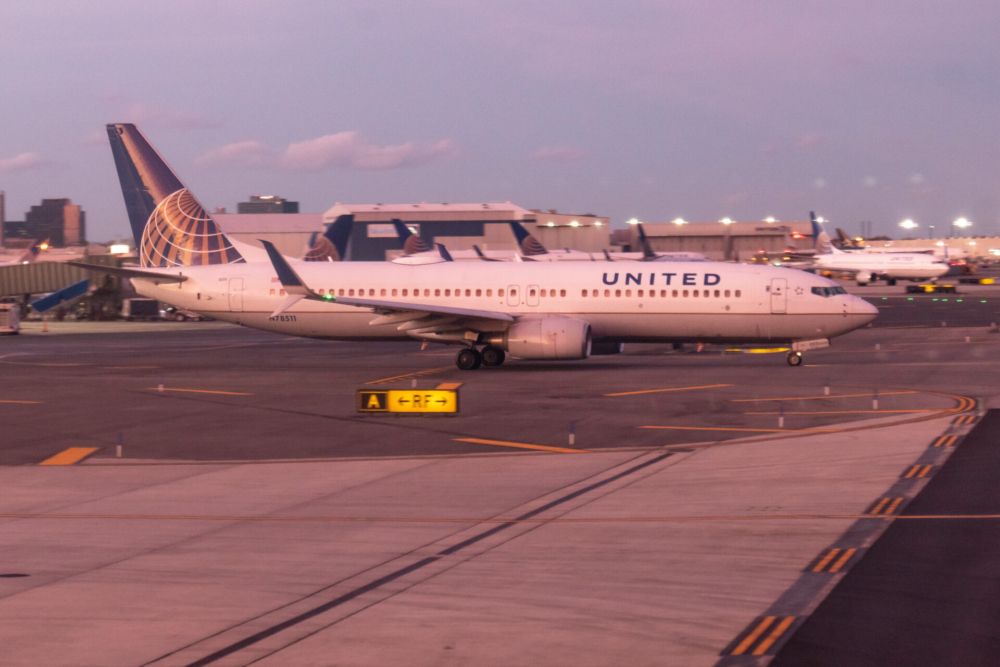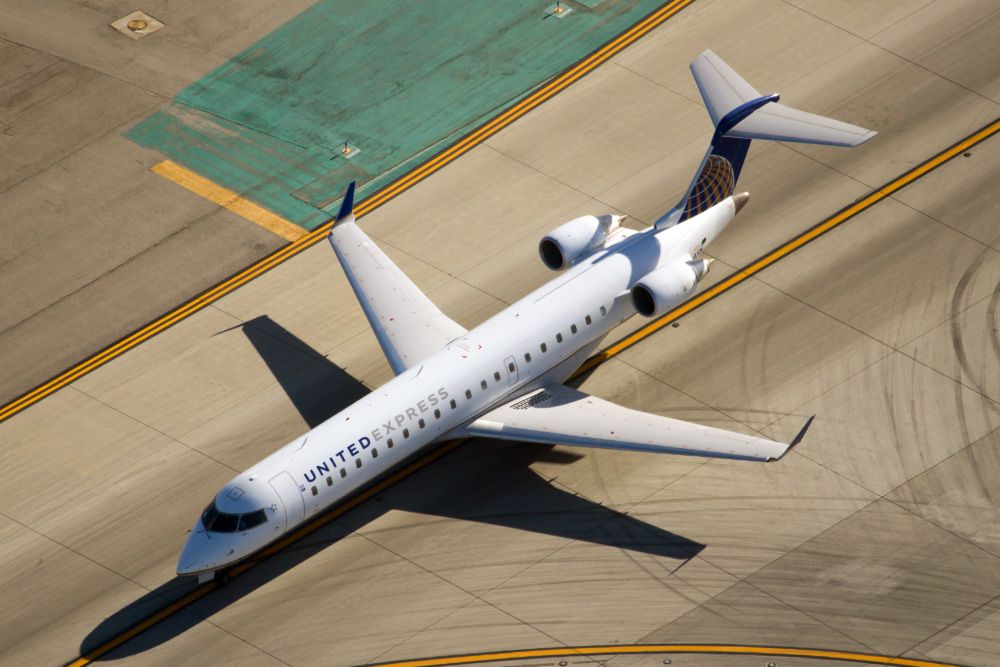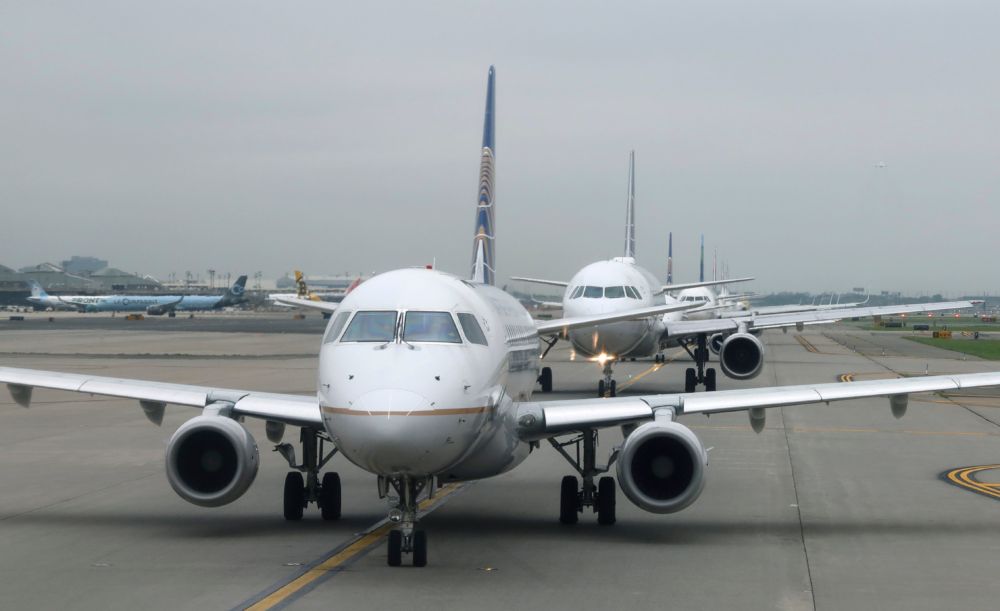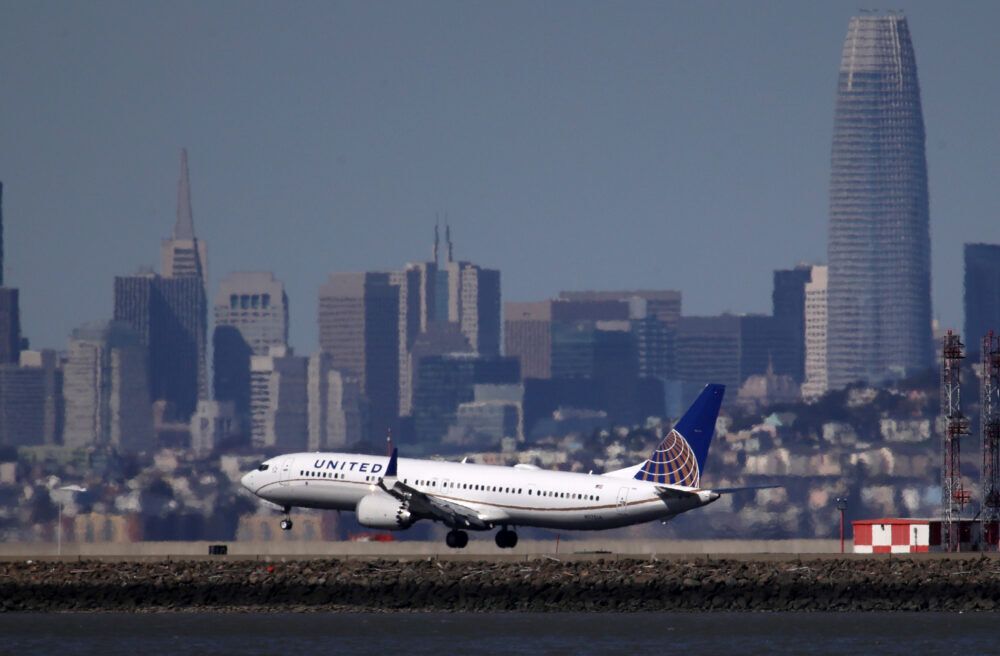United Airlines is facing a $1.9 million fine over lengthy tarmac delays. The United States Department of Transportation (DOT) has identified 25 isolated incidents over the last few years where customers were onboard an aircraft that was on the tarmac for over three hours on domestic flights, or over four hours on an international flight, without being able to deplane.
United fined over tarmac delays
The DOT identified 25 isolated incidents where United faced lengthy tarmac delays that violated the DOT's rule on these situations. This is split between 20 domestic delays and five international delays. The earliest incident under this fine happened in 2015, while the most recent delay was in 2020. To read all of the incidents, access the filing here.
Generally, most of the reasons for the delays were severe weather. Impacting the destination airport, flights had to divert to alternate airports, where United's ground staff was either overwhelmed or lacked the available resources to handle the multitude of diversions. In some cases, the DOT alleges that United or its crew did not reach out to the airport for assistance in deplaning or else refused offers of aid in the hope of being able to "gas and go" when the weather cleared up.
The delays impacted mainline United flights and flights operated by a regional partner under the United Express banner. Several of the flights highlighted by the DOT were on the same day, highlighting the disruptive nature of severe weather and diversions that could overwhelm a popular diversion airport.
The DOT levied a $1.9 million fine against the airline. Of this amount, $950,000 must be paid within 30 days of the issuance order. Another $750,000 shall be credited to United for compensation provided to passengers on the flight included in this order and for passengers on other delayed flights.
For passengers on flights listed in the order, compensation is valued at 100% of a cash refund, 80% for vouchers or travel credits, and two cents a mile for frequent flyer mileage. On other delayed flights, compensation is valued at 50% for cash refunds, 40% for vouchers or travel credits, and one cent per mile for frequent flyer mileage.
The remaining $200,000 shall be credited to United for its costs in developing and implementing a diversion management tool. This tool improves United's Network Operations Center's overall situational awareness of system-wide diversions and allows United to avoid oversaturating some diversion airports.
United responds
United Airlines offered the following statement:
"The safety of our customers and employees is always our first priority – particularly during severe weather. We remain committed to fully meeting all DOT rules and will continue identifying and implementing improvements in how we manage difficult operating conditions while maintaining the safety of our customers and employees."
It is also important to note that these 25 incidents from 2015 to 2016 come as United and its regional partners operated close to eight million flights. So, ultimately, only a very small percentage of flights in extraordinary circumstances faced lengthy tarmac delays.
United also stated that, since 2015, it has been investing in improvements to its operations, including in how it manages diversions. This includes implementing a diversion monitoring system that assists in finding available diversion airports for flights impacted by weather. In addition, on the ground, United has invested in ground service equipment at strategically located airports that can handle a large number of diversions.
Stay informed: Sign up for our daily and weekly aviation news digests.
Lengthy tarmac delays
The DOT has rules governing what it calls tarmac delays. These are defined as instances where a plane on the ground, either awaiting takeoff or having just arrived, does not have the opportunity to offload passengers. The rules govern tarmac delays at US airports.
For domestic flights, passengers must be allowed off the aircraft – safely – before the three-hour mark. For international flights, that is four hours. This is both for flights departing a US airport and arriving in a US airport. Limited exceptions apply in the interest of safety, security, or air traffic control.
Airlines are required to offer a snack and water no later than two hours into the tarmac delay. While they are not required to serve a full meal, they must provide at least this complimentary service. The aircraft must also have working toilets and a comfortable cabin temperature. If necessary, adequate medical attention must also be available for passengers.




